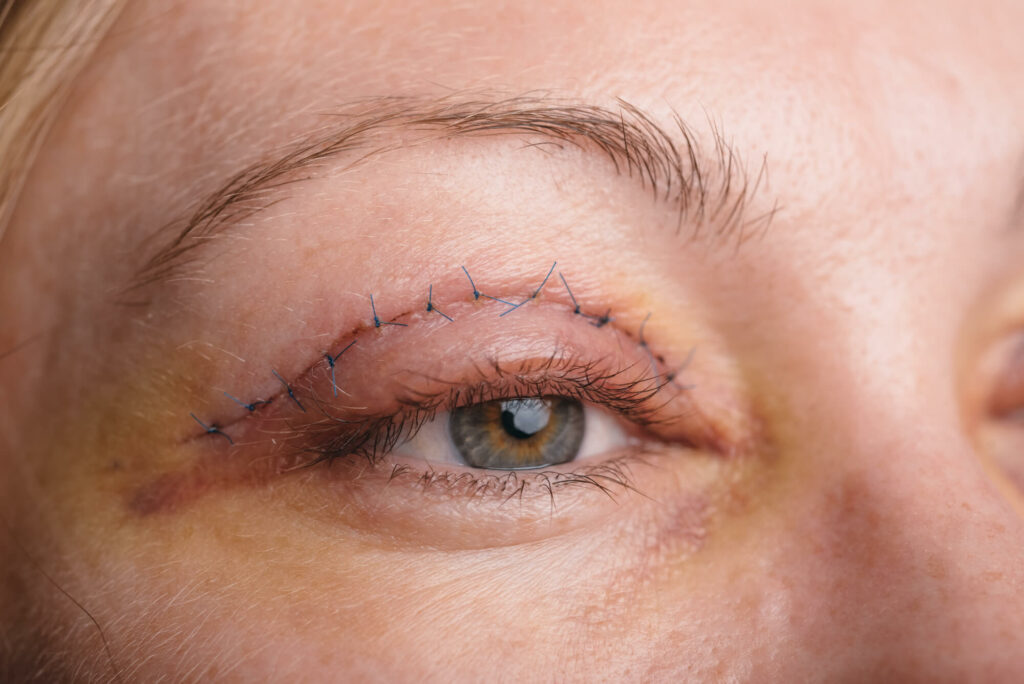Blepharoplasty Surgery: Enhancing Visual Appearance and Function
Blepharoplasty, commonly known as eyelid surgery, is a cosmetic and functional surgical procedure aimed at improving the appearance of the eyelids. It can be performed on the upper lids, lower lids, or both. This procedure is sought not only for cosmetic reasons but also to address functional issues caused by drooping eyelids. This guide offers an in-depth look at blepharoplasty, including its purposes, procedures, recovery, and considerations for those contemplating the surgery.
Understanding Blepharoplasty
Blepharoplasty involves the removal or repositioning of skin, muscle, and fat from the eyelids. The procedure can correct drooping upper lids and puffy bags below the eyes – features that can make individuals appear older and may impair vision.
Who is a Candidate for Blepharoplasty?
- Individuals with droopy or baggy upper eyelids.
- Excess skin on lower eyelids.
- Good overall health and realistic expectations.
- Non-smokers, as smoking can complicate both the surgery and the healing process.
Types of Blepharoplasty
Upper Eyelid Surgery
- Focuses on removing excess skin, fat, and muscle from the upper eyelids.
Lower Eyelid Surgery
- Targets the removal or redistribution of excess fat in the lower eyelids.
The Blepharoplasty Procedure
- Consultation: Involves discussing goals, evaluating medical history, and a physical examination of the eyes.
- Anesthesia: The surgery is typically performed under local anesthesia with sedation or general anesthesia.
- Incision: For upper eyelid surgery, incisions are made in the eyelid crease. For lower eyelid surgery, incisions are made just below the lash line or inside the eyelid.
- Removing/Repositioning Tissues: Excess skin, fat, and muscle are removed or repositioned.
- Closing Incisions: Incisions are closed with sutures or skin glue.
Recovery and Aftercare
- Initial recovery period typically lasts several weeks.
- Patients may experience bruising, swelling, irritation, or dry eyes.
- It’s crucial to follow the surgeon’s aftercare instructions, including using ointments and eye drops, and attending follow-up appointments.
Risks and Complications
- Potential risks include infection, bleeding, scarring, and changes in skin sensation.
- Temporary blurred or double vision.
- More serious complications, although rare, can include loss of eyesight.
Expected Results
- A more alert and rejuvenated eye appearance.
- Improved visual field for those whose eyelids obstructed vision.
- Results can last several years or be permanent, but the procedure does not stop the eyes from aging.
Considerations Before Surgery
- Choosing a Qualified Surgeon: Ensure the surgeon is experienced in eyelid surgery and is board-certified.
- Costs and Financing: Understanding the costs, which typically are not covered by insurance unless the surgery is deemed medically necessary.
- Setting Realistic Expectations: Understanding the benefits and limitations of the surgery.
Conclusion
Blepharoplasty can significantly enhance the appearance of the eyes and face and, in some cases, improve vision impaired by drooping eyelids. As with any surgery, it is important to have clear and realistic expectations, understand the risks, and choose a qualified and experienced surgeon. With proper care and recovery, the results of blepharoplasty can be both aesthetically pleasing and functionally beneficial.







